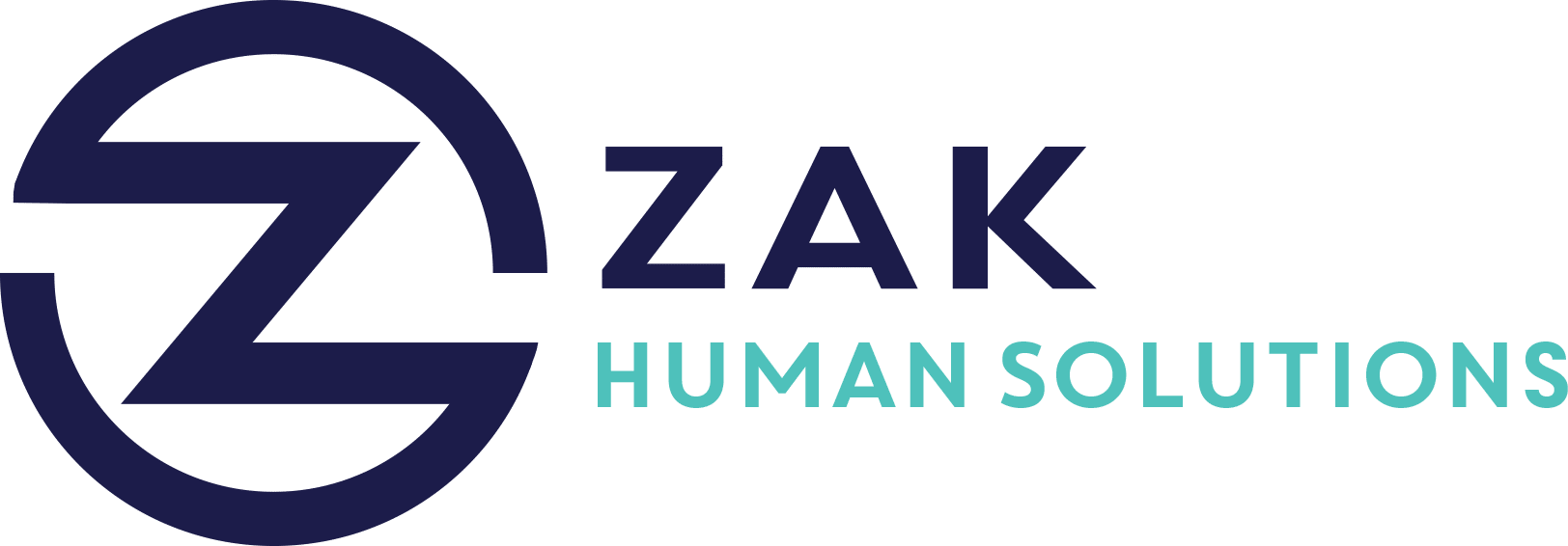Key Takeaways
- AI is not fully replacing jobs but is reshaping them by performing many skills required in various roles, according to Indeed’s CEO Chris Hyams.
- Approximately two-thirds of jobs have skills that current generative AI can execute well, indicating rapid job evolution.
- Hyams anticipates major changes in the job landscape over the next three years, akin to 30 years of internet-driven transformation.
- OpenAI’s Chief People Officer Julia Villagra emphasizes the importance of reimagining and redistributing jobs rather than focusing solely on job replacement.
- Hyams argues against the notion of a drastically reduced workforce in the future, promoting adaptation over elimination.
- Both Hyams and Villagra advocate for grassroots enthusiasm in AI adoption, suggesting that internal champions can effectively spread AI integration benefits.
The integration of artificial intelligence (AI) into the workforce is a topic that generates both excitement and apprehension. While some fear mass automation and job loss, the reality, as shared by Indeed’s CEO Chris Hyams and OpenAI’s Chief People Officer Julia Villagra, is more nuanced. AI is not entirely replacing jobs but reshaping them, which presents unique opportunities for growth and innovation.
AI: A Complement, Not a Replacement
Despite fears of AI stealing jobs, Chris Hyams suggests a more balanced viewpoint. He highlights that AI, in its current state, cannot fully replace jobs. Instead, it takes on certain tasks within roles, enhancing efficiency and productivity without eliminating the need for human workers. AI’s capabilities allow it to perform skills present in nearly two-thirds of job sectors, demonstrating its potential to aid in job evolution rather than termination.
The Coming Transformation
Hyams predicts significant changes in the job landscape over the next few years. He likens the impending shift to the three decades of change brought about by the internet. This evolution calls for quick adaptation from employees, employers, and educators alike. Strategies to integrate AI effectively could include upskilling programs that align employee capabilities with new technological demands, ensuring that the workforce remains dynamic and competitive.
Reimagining Jobs
Julia Villagra of OpenAI emphasizes the need to reimagine and redistribute skills within the workforce. It’s about understanding AI as a tool for progress rather than a threat to employment. Through this lens, the focus shifts from job elimination to job reconfiguration, creating pathways for innovation and efficiency.
Adapting to Change
Contrary to the idea of a shrinking workforce, Hyams argues for adaptation and evolution. Instead of fearing AI, embracing its capabilities could lead to more innovative labor solutions. Villagra supports this notion, advocating for grassroots enthusiasm in AI adoption. By finding and empowering internal AI champions, companies can organically integrate the technology to highlight its practical benefits.
Practical Steps for Embracing AI in the Workforce
- Identify Roles Suited for AI Integration: Begin by assessing job roles that can benefit from AI assistance, freeing employees to focus on more strategic, creative, and complex tasks.
- Upskill and Reskill Employees: Offer training programs that help employees adapt to new technologies, fostering an environment of continuous learning.
- Promote Internal AI Champions: Identify and empower individuals passionate about AI within your organization to lead by example and encourage broader acceptance.
- Focus on Human-AI Collaboration: Encourage departments to explore how AI can enhance, rather than replace, human input.
- Monitor and Adapt: Regularly evaluate AI’s impact on your workforce and be prepared to adjust strategies to maximize benefits and address challenges.
Looking Forward
As AI continues to evolve, it offers the potential to drive significant changes in the workforce. From creating new job roles to transforming existing ones, AI can be a catalyst for innovation and efficiency. By approaching its integration thoughtfully and proactively, businesses and employees can navigate this transition smoothly, discovering new opportunities in the process.




